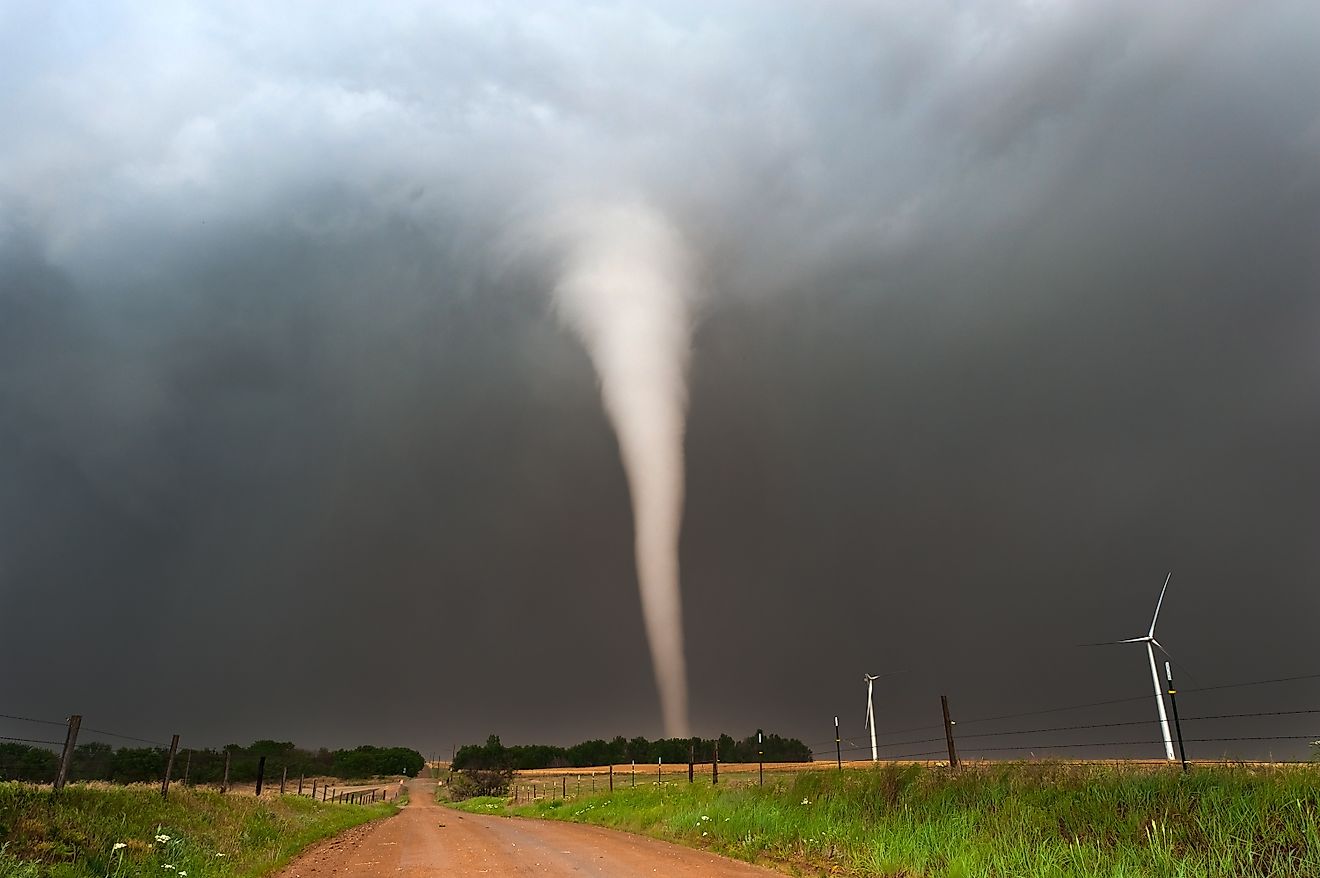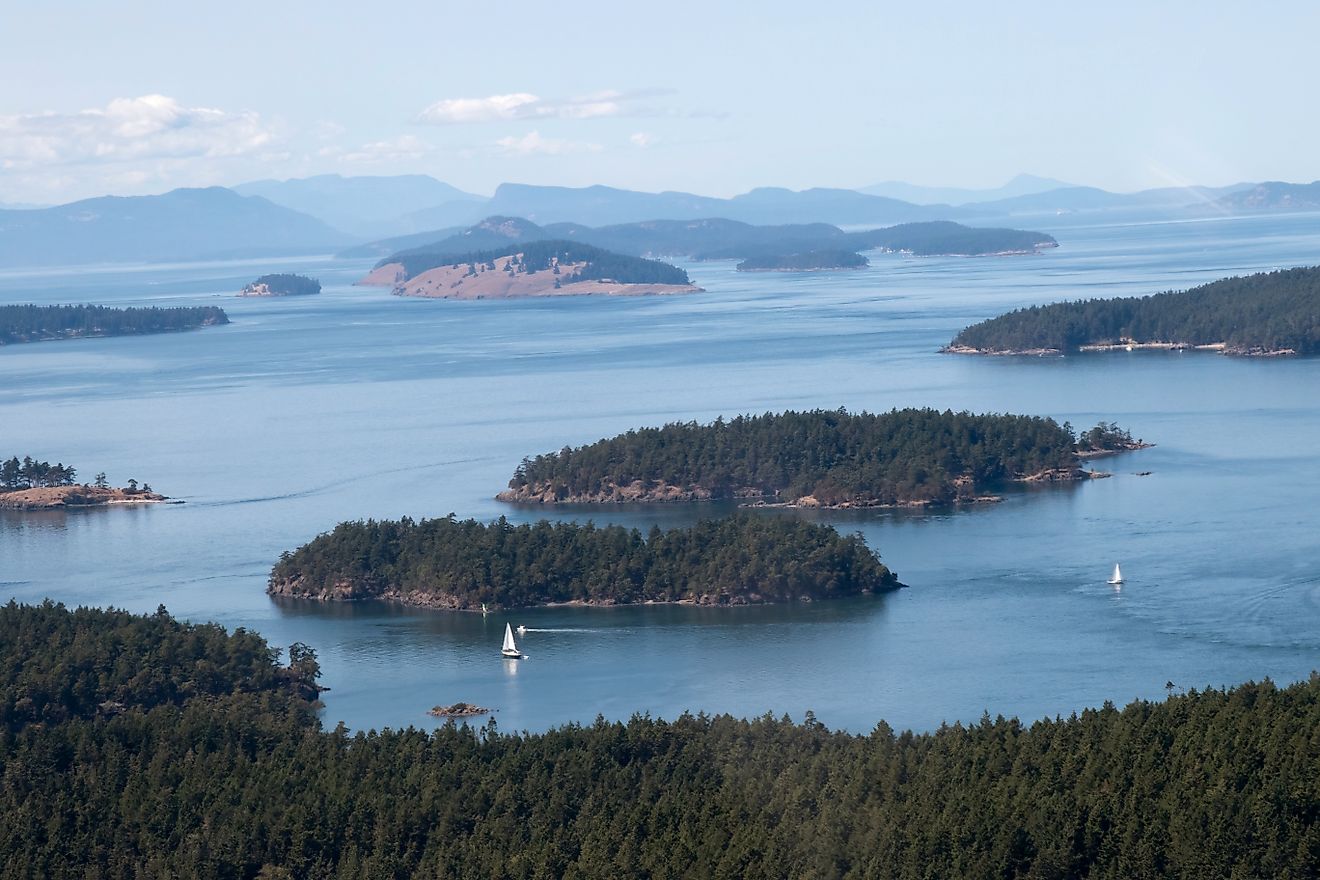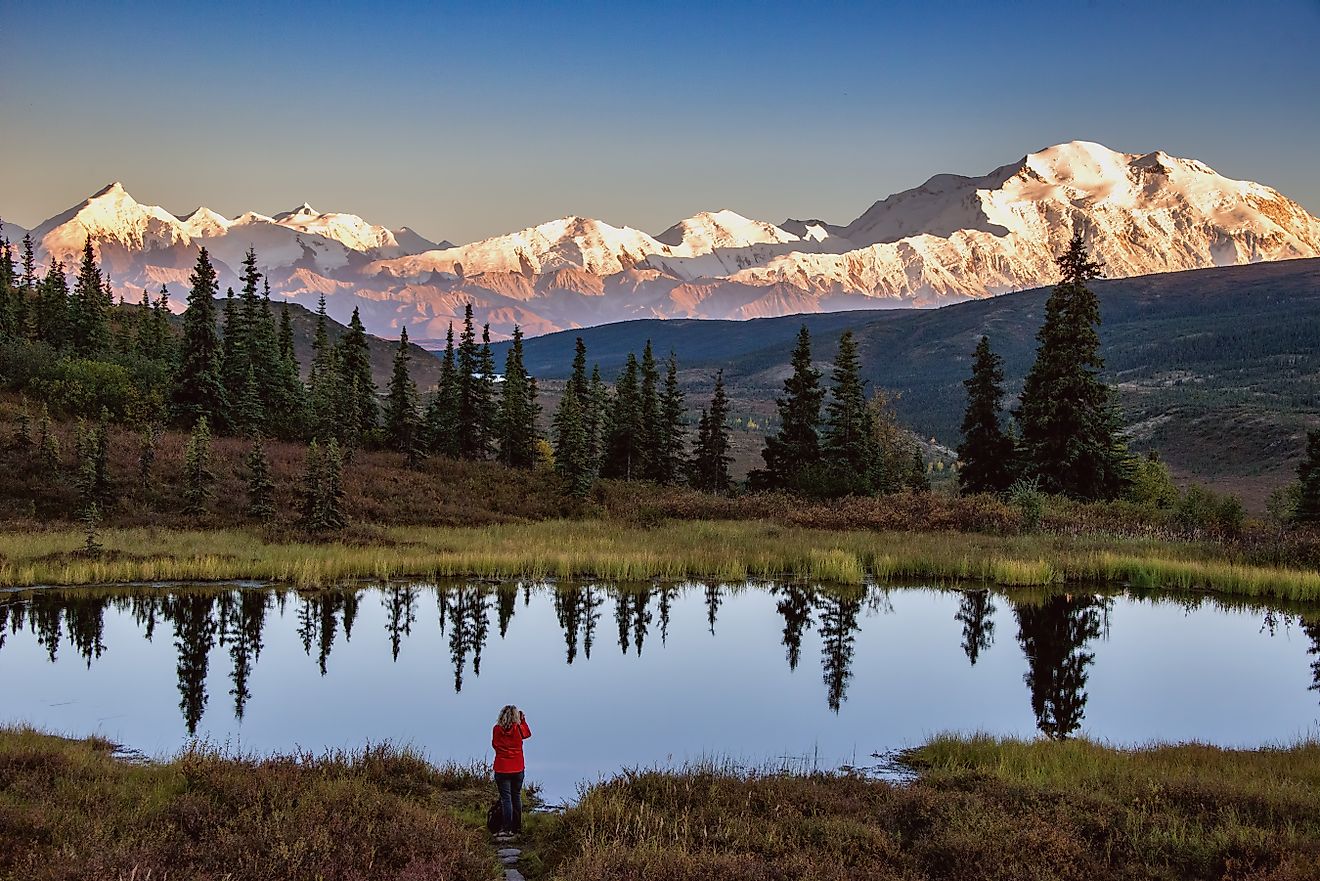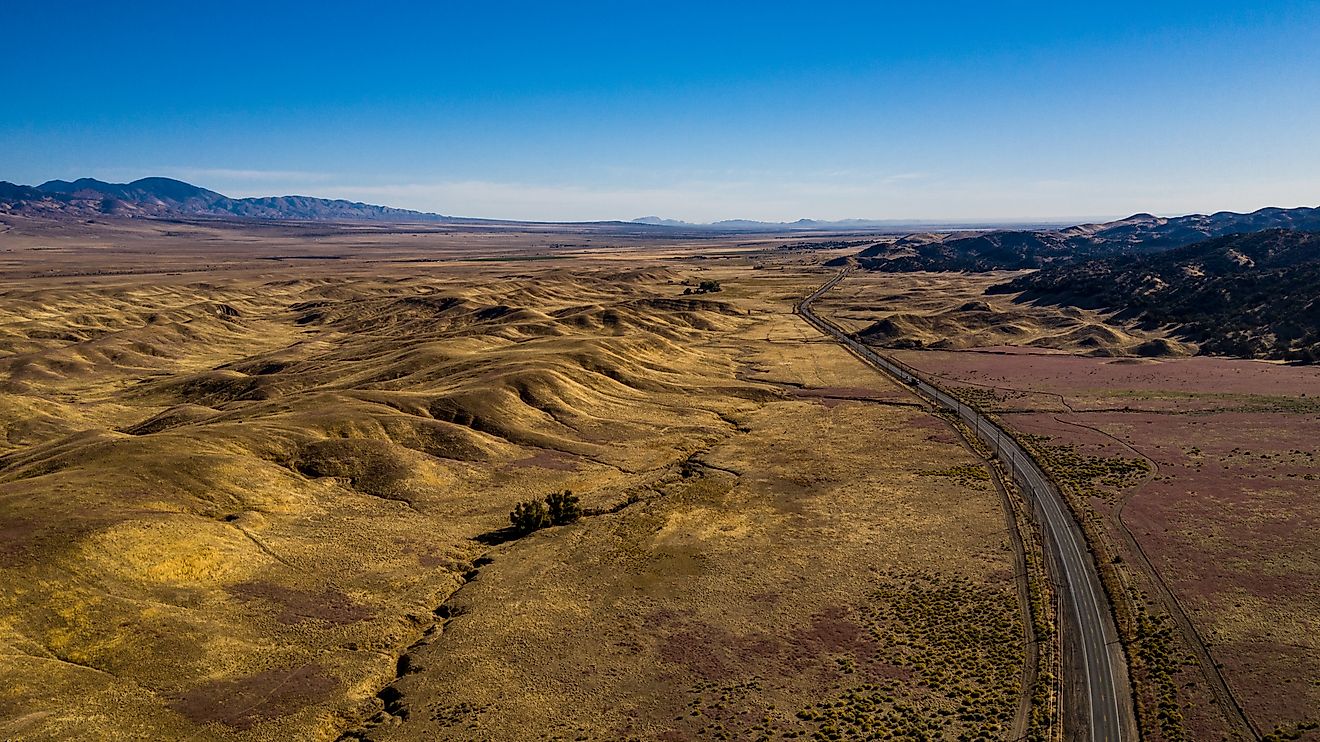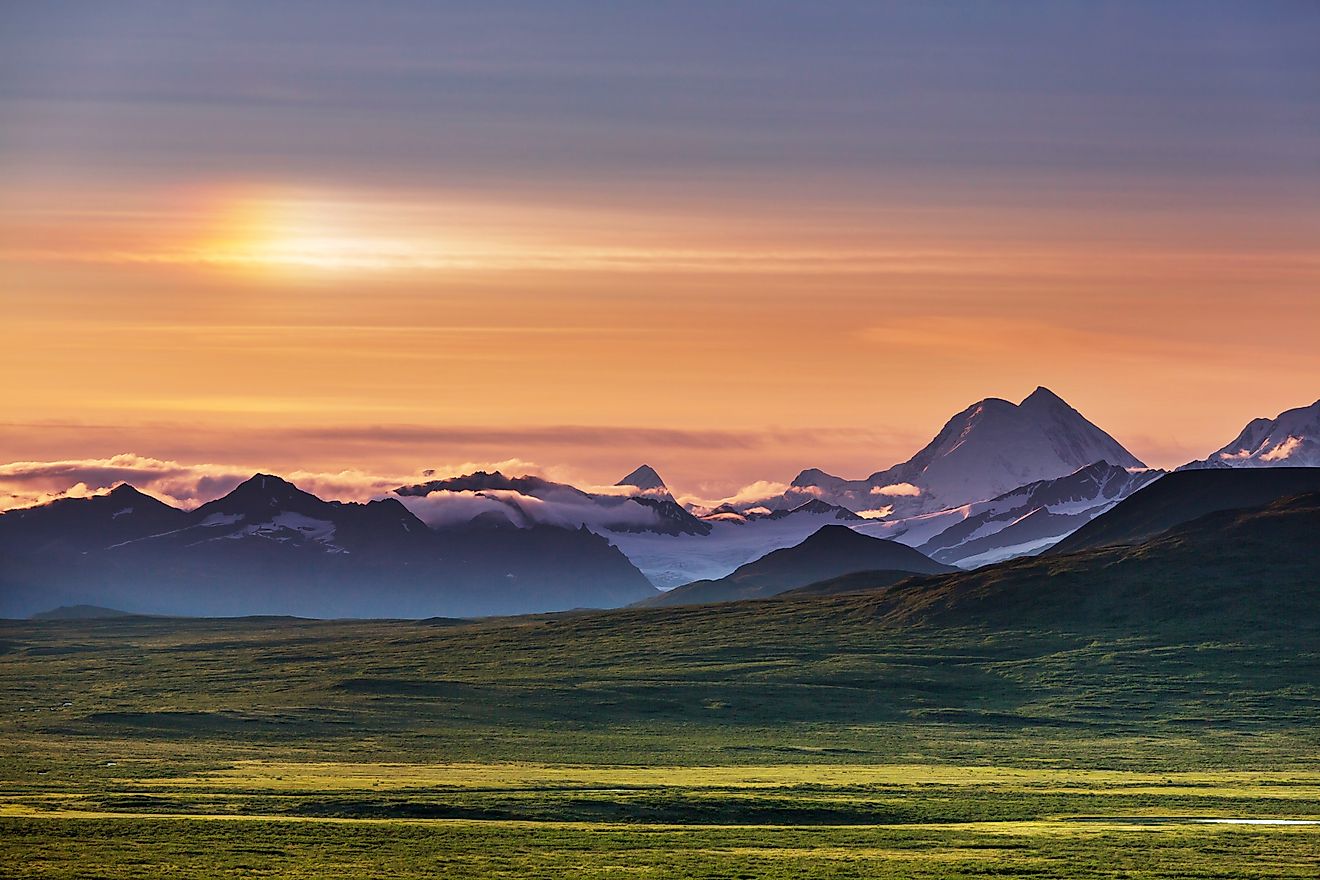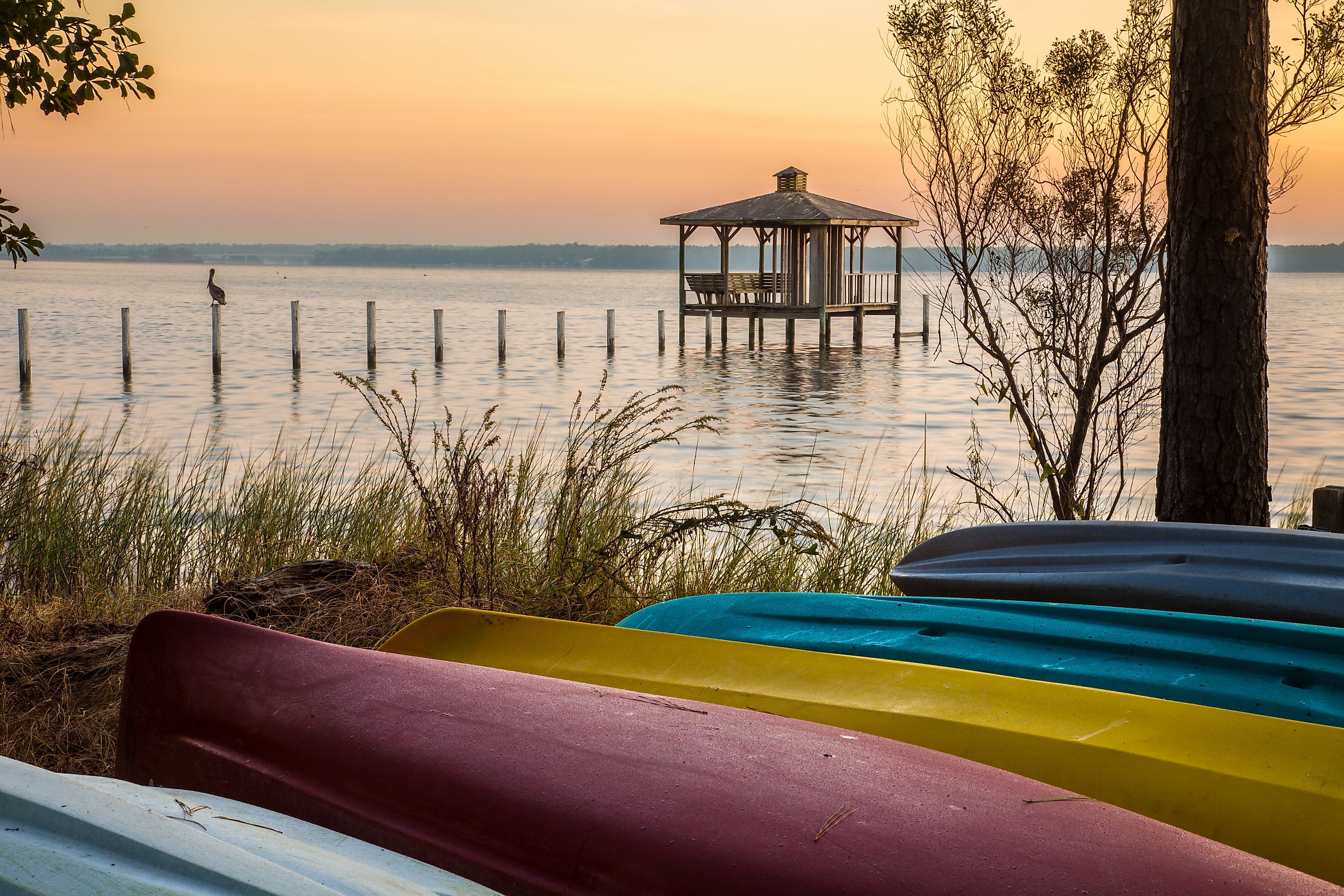
America’s Most Beautiful Inland Bays and What Makes Them Unique
America’s inland bays are the hidden lungs of the coastline—vast, winding inlets where the ocean breathes inward and life flourishes just behind the surf. They aren’t the household names like the Great Lakes or the glitzy stretches of the Pacific, but these bays tell quieter stories—of ancient estuaries shaped by ice ages and tides, of oyster farms nestled in morning fog, of paddleboarders skimming glassy water as egrets take flight.
From the pine-fringed shores of Oregon’s Netarts Bay to the warm, emerald waters of Florida’s Choctawhatchee, inland bays offer some of the most unexpectedly beautiful and ecologically vital landscapes in the country. These are not just pretty backwaters—they are living ecosystems that support fisheries, protect towns from hurricanes, and give travelers a rare blend of wilderness, culture, and calm.
Explore six of the most stunning inland bays in the US—each one offering something wildly unique. Some are carved by fault lines, others cradled by barrier islands. Some are pristine wilderness, while others buzz with life from seafood shacks and sunset cruises. Whether you're in it for the kayaking, the oysters, or the chance to catch a glimpse of a great blue heron mid-hunt, these bays are destinations in their own right—and they just might be the most beautiful coastal places you’ve never heard of.
Rehoboth Bay, Delaware

Tucked between the Atlantic Ocean and the mainland of Sussex County, Rehoboth Bay is part of the Delaware Inland Bays system, a series of interconnected estuaries including Indian River Bay and Little Assawoman Bay. While not as expansive as Chesapeake Bay, Rehoboth Bay’s charm lies in its intimacy and accessibility.
What Makes It Unique:
-
Recreational Variety: Paddleboarding, windsurfing, and jet skiing are all popular thanks to the bay’s calm, shallow waters.
-
Ecosystem Richness: It's a vital stop for migratory birds, with wetlands surrounding the bay supporting herons, osprey, and even bald eagles.
-
Town Character: Just minutes from the beach town of Rehoboth Beach, visitors can enjoy the boardwalk, local seafood, and a laid-back coastal vibe.
Rehoboth Bay is also at the forefront of conservation. The Center for the Inland Bays, located nearby, conducts ongoing environmental monitoring and restoration projects, ensuring the health of the bay for future generations.
Bayside of Barnegat Bay, New Jersey
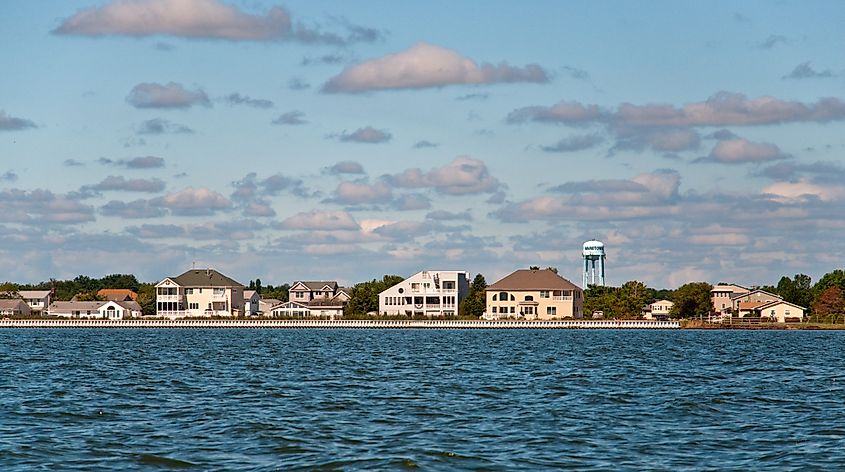
Most people know the New Jersey shore for its iconic beaches, but just west of the barrier islands lies Barnegat Bay—a shallow, narrow estuary stretching nearly 40 miles. While the entire bay is picturesque, the inland bayside between Point Pleasant and Toms River offers some of the most pristine, undeveloped shoreline on the East Coast.
What Makes It Unique:
-
Diverse Landscapes: From pine forests to salt marshes, the bayside habitat changes dramatically in just a few miles.
-
Barnegat Lighthouse Views: Known as “Old Barney,” this historic lighthouse offers sweeping views of both the bay and ocean.
-
Crabbing and Clamming Traditions: The calm waters are ideal for family-friendly crabbing and clamming, long-standing local traditions.
Barnegat Bay’s inland side offers a slower pace than the bustling beach towns. Kayakers and nature lovers flock here for early morning paddles through glassy waters, often accompanied by the sound of terns and gulls overhead.
Choctawhatchee Bay, Florida
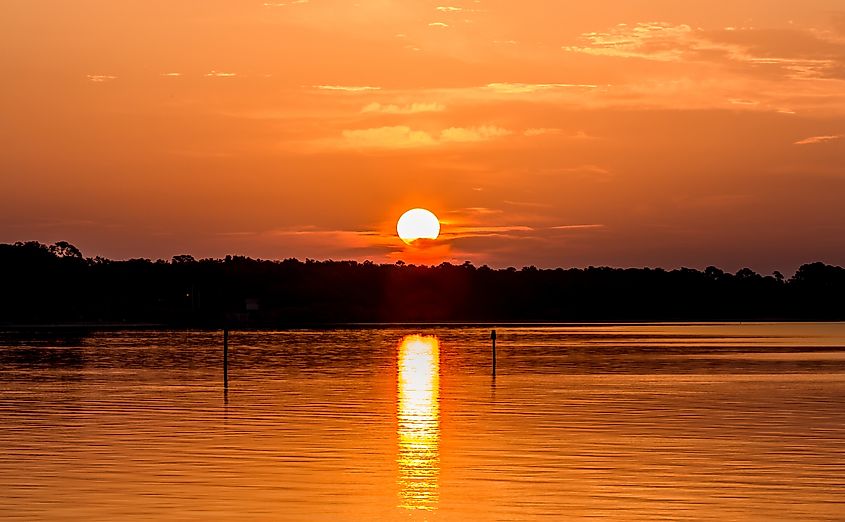
While Destin and Fort Walton Beach attract millions to Florida’s Emerald Coast, Choctawhatchee Bay, just to their north, provides a serene, sun-drenched alternative. Spanning over 30 miles, the bay features hidden beaches, oak-lined shores, and crystal-clear water—a rarity for an inland bay.
What Makes It Unique:
-
Clear, Shallow Waters: Thanks to a mix of freshwater inflow and low turbidity, the bay boasts emerald-green hues.
-
Fishing Paradise: Home to redfish, speckled trout, and blue crabs, it’s a favorite spot for anglers year-round.
-
Scenic Byways: Highway 98 and 30A provide postcard-perfect drives skirting the bay’s southern edge.
Choctawhatchee Bay also serves as a major ecological buffer, filtering pollutants before they reach the Gulf. It supports vital seagrass meadows that act as nurseries for marine life and help stabilize the shoreline.
Netarts Bay, Oregon

On Oregon’s dramatic north coast lies Netarts Bay, a crescent-shaped estuary framed by spruce forests and sand spits. Less commercial than nearby Tillamook Bay, Netarts offers solitude and some of the best raw oyster harvesting in the Pacific Northwest.
What Makes It Unique:
-
Tide-Driven Beauty: With no major river feeding it, the bay’s ecosystem is heavily influenced by tides and ocean currents.
-
Shellfish Mecca: Its clean waters make it one of Oregon’s top spots for oysters, clams, and mussels.
-
Minimal Development: Much of the surrounding land is public or protected, preserving a sense of wilderness.
Hikers and photographers love Netarts for its peaceful trails, like those in Cape Lookout State Park, which overlook the bay’s glassy surface. It's a model of how low-impact recreation and marine stewardship can coexist.
Mobile Bay, Alabama
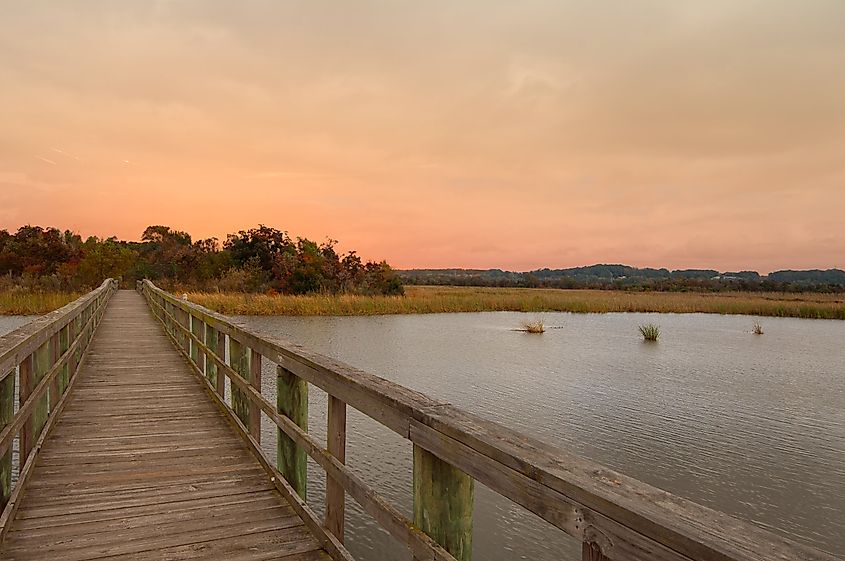
Mobile Bay is one of the Gulf Coast’s most important inland bays, both historically and ecologically. It spans over 400 square miles and drains a watershed larger than the state of South Carolina. As a key port and natural estuary, it’s steeped in Southern maritime tradition.
What Makes It Unique:
-
Dramatic Weather Phenomena: The bay is famous for “jubilees”—natural events where fish and shellfish swarm shallow waters due to sudden changes in oxygen levels.
-
Historic Significance: From Civil War battles to colonial trading posts, the area is a living museum.
-
Dauphin Island Gateway: The barrier island at the bay’s mouth is a haven for birdwatchers and beachgoers alike.
Mobile Bay is also a bellwether for climate and environmental change. Local groups are actively restoring wetlands and oyster reefs to combat erosion and improve water quality.
Tomales Bay, California
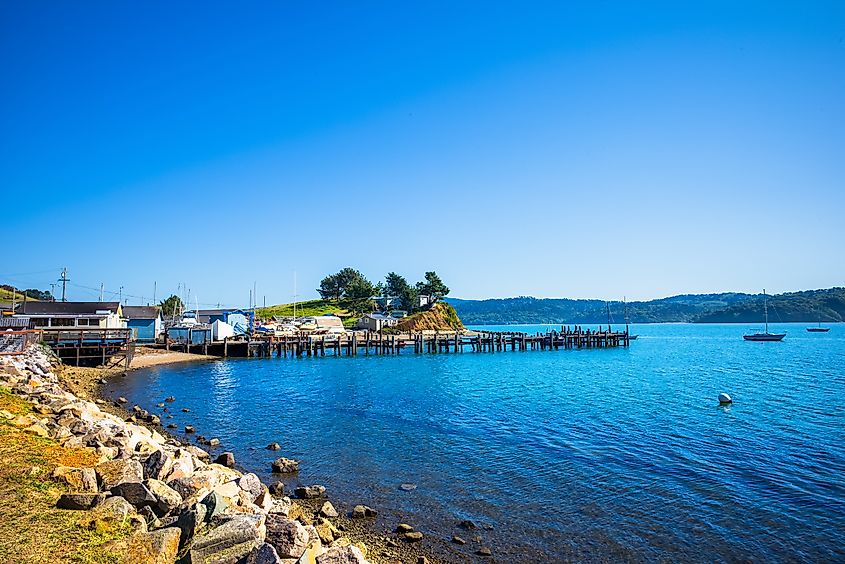
Just north of San Francisco, Tomales Bay slices inland for 15 miles along the San Andreas Fault. Long and narrow, it’s nestled between rolling hills and forested bluffs. Known for its foggy mornings and world-class oysters, Tomales Bay is where rustic charm meets culinary fame.
What Makes It Unique:
-
Fault Line Geography: The bay was created by tectonic activity, giving it an unusually straight shape.
-
Gourmet Oyster Farms: Hog Island and other local farms offer shuck-your-own experiences right on the water.
-
Dark Sky Paddle Tours: Nighttime kayaking under the stars, often accompanied by bioluminescent plankton, is a top draw.
Point Reyes National Seashore hugs the bay’s western edge, adding hiking, horseback riding, and scenic overlooks to the mix. Tomales Bay is where nature and nourishment meet in perfect harmony.
Why Inland Bays Matter
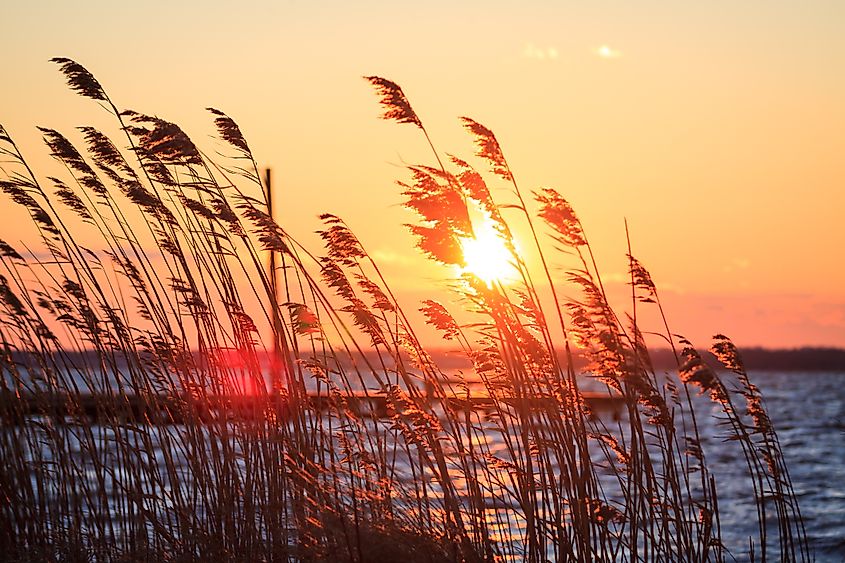
Each of these inland bays shares a common thread—they act as natural buffers, nurturing marine life and shielding inland areas from storms and flooding. They're also important carbon sinks, with their seagrasses and marshes storing significant amounts of carbon dioxide. Inland bays serve as classrooms, fisheries, sanctuaries, and playgrounds all at once.
Yet these ecosystems are vulnerable. Development, rising sea levels, and nutrient pollution pose ongoing threats. That’s why many of these regions have active conservation groups working to protect them for the long haul.
Quick Highlights: The Top 6 at a Glance
| Inland Bay | State | Best For | Unique Feature |
|---|---|---|---|
| Rehoboth Bay | Delaware | Family paddling, birding | Part of protected estuarine system |
| Barnegat Bay | New Jersey | Wildlife watching, clamming | Proximity to pine forests and lighthouses |
| Choctawhatchee Bay | Florida | Fishing, scenic drives | Crystal-clear emerald waters |
| Netarts Bay | Oregon | Oystering, hiking | Tidal ecosystem, minimal development |
| Mobile Bay | Alabama | Historic tourism, jubilee events | Massive watershed and estuarine importance |
| Tomales Bay | California | Oysters, kayaking | Tectonic origin and gourmet experiences |
Q&A Section
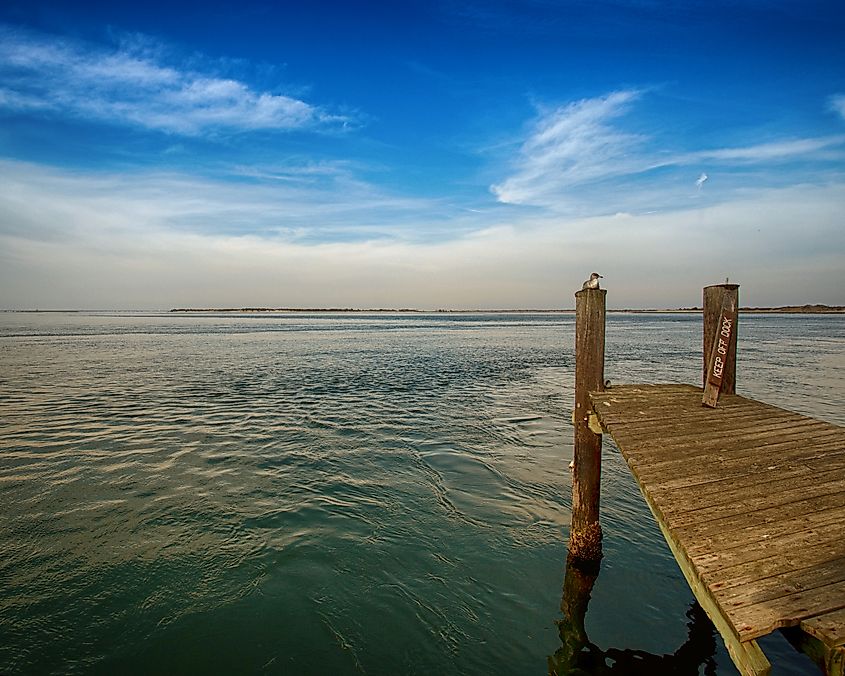
What defines an inland bay?
An inland bay is a coastal body of water that’s partially enclosed by land and typically fed by rivers or tidal inlets. Unlike open ocean bays, inland bays are sheltered and often form estuarine ecosystems.
Are inland bays good for swimming?
Many inland bays have calm, shallow waters ideal for swimming, though water quality and local wildlife should always be considered. Areas like Choctawhatchee and Rehoboth Bay are particularly popular for water activities.
Which inland bay is the most ecologically important?
Mobile Bay ranks among the most ecologically critical, given its vast watershed and diverse species. It supports major fisheries, migratory birds, and endangered marine life.
Can I fish in inland bays?
Absolutely. Inland bays often provide excellent fishing for both freshwater and saltwater species. Licenses may be required, and local regulations should always be followed.
Where Beauty, Biodiversity, and Stillness Converge
America’s inland bays may not have the crashing surf of the Pacific or the grandeur of the Great Lakes, but they offer something uniquely their own: a blend of quiet beauty, ecological wonder, and regional character. From the oyster beds of Tomales Bay to the marshes of Barnegat and the crystal flats of Choctawhatchee, these sheltered waters remind us that sometimes the most beautiful places are the ones hidden just behind the shore.
